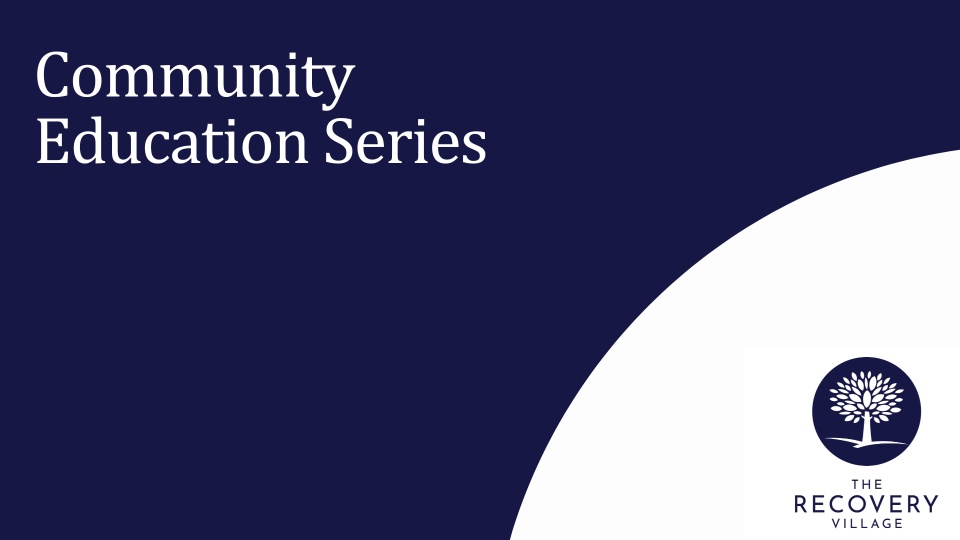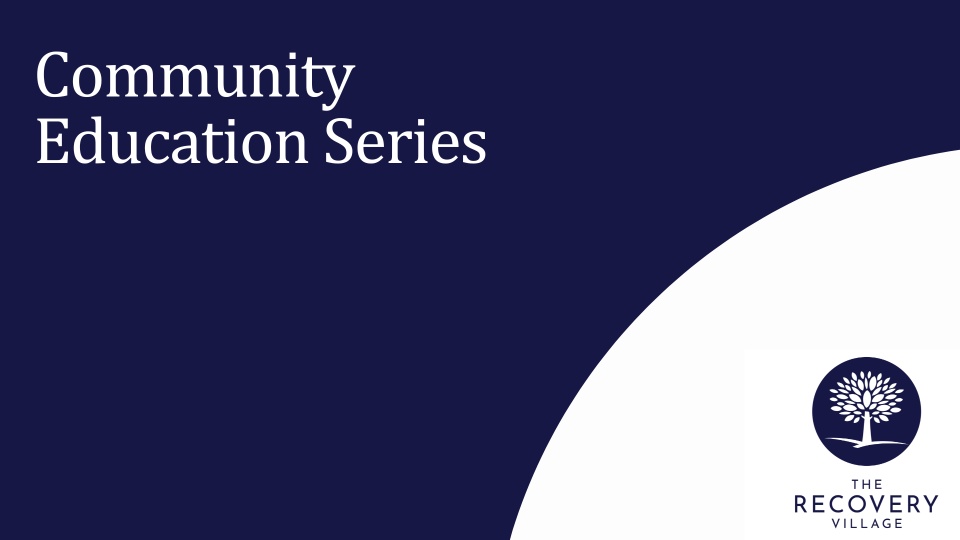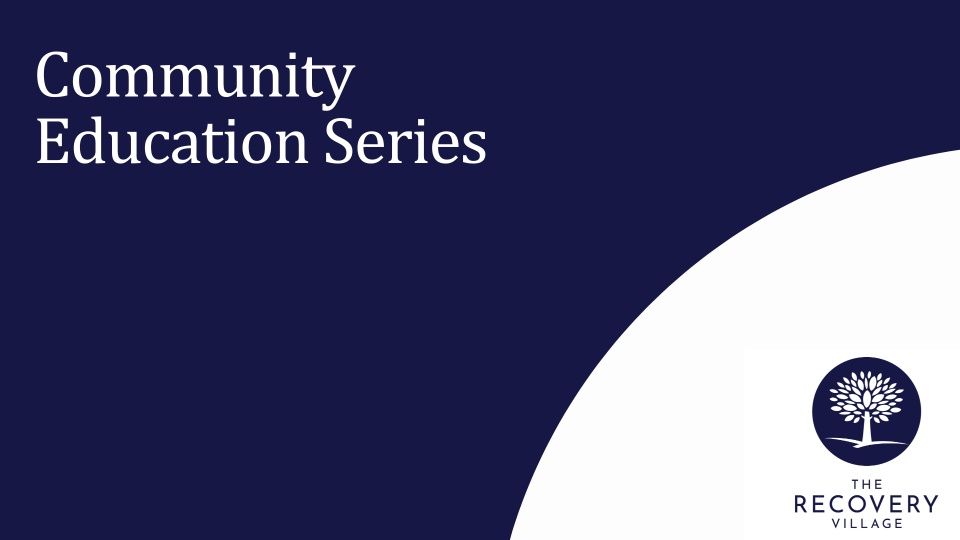The Use of Emotional Freedom Technique with Clients Suffering from Mental Health Issues
Estimated watch time: 42 mins
Available credits: none
Objectives and Summary:
The emotional freedom technique (EFT) is an innovative method of working with a wide range of emotional and psychological somatic problems. The method combines aspects of energy psychology, cognitive-behavioral psychology and brain retraining. Ongoing research has helped EFT become recognized as an evidence-based practice for anxiety, depression, phobias and PTSD.
After watching this presentation, the viewer will:
- Increase their understanding of how this technique, a form of energy psychology, is relevant to Western psychotherapy and Oriental medicine
- Be able to recognize the effectiveness of this technique in resolving acute and chronic anxiety, depression and PTSD
- Experience a simple demonstration of an EFT technique for personal use









